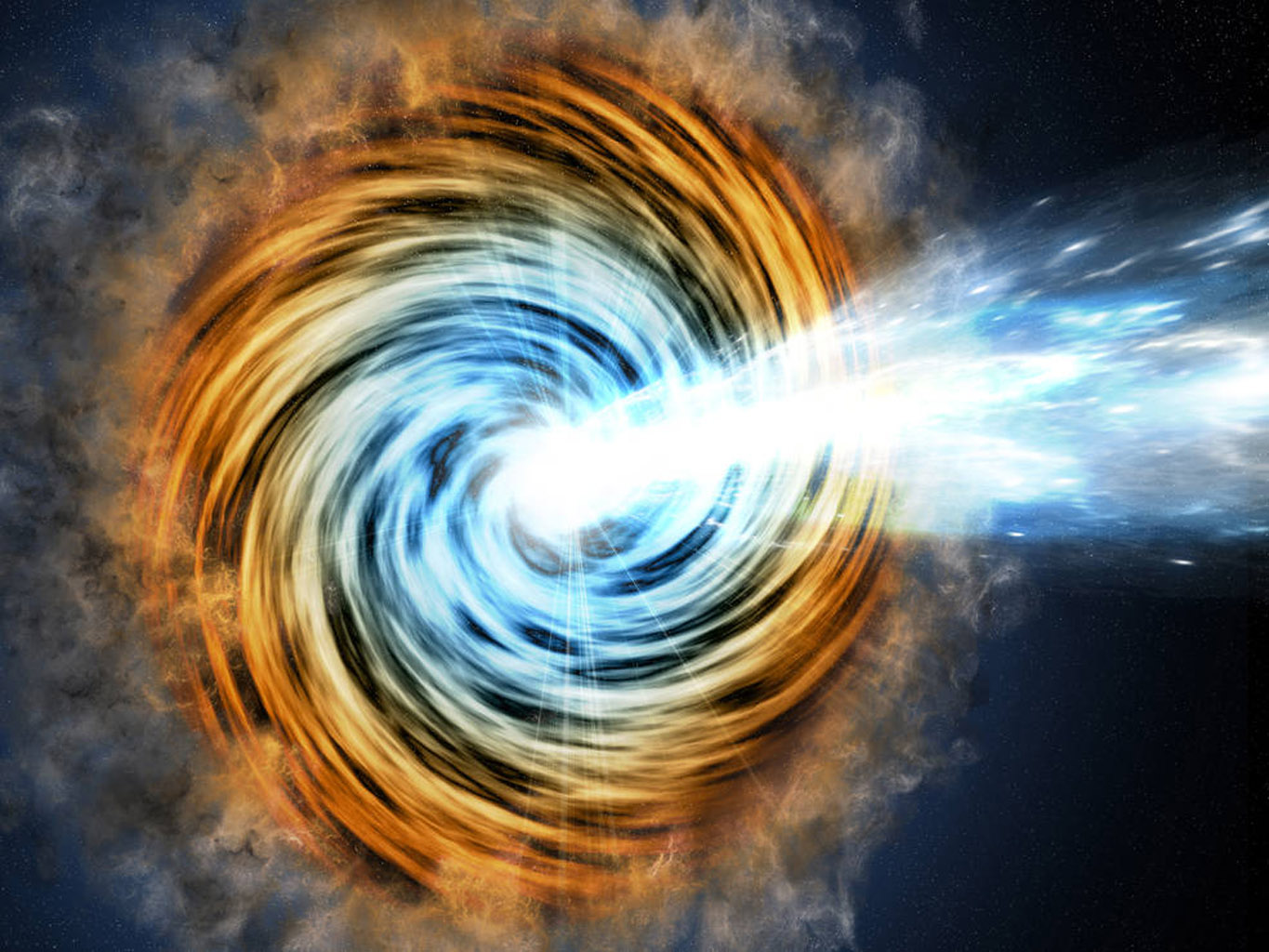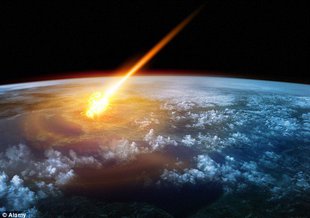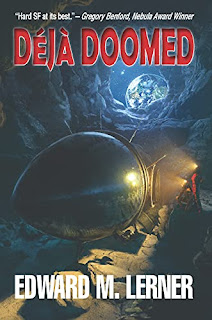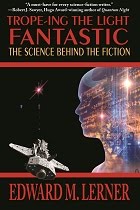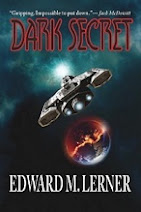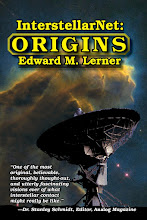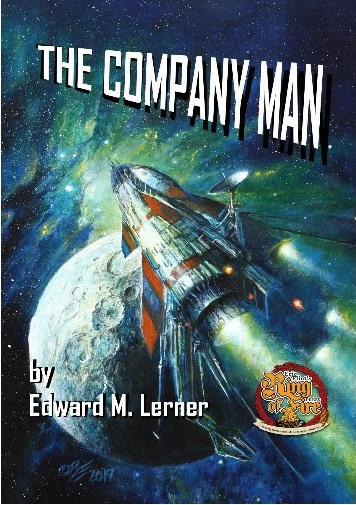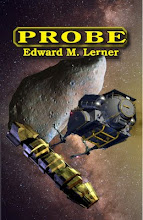
- Augmented humanity
- Cyborgs
- Robots
- Genetic therapy
- Brain/machine interfaces
- Autonomous weapons
- Artificial intelligence
- Super intelligence
- Neural networks
- Dystopia
- The future skills of humanity
- What we (humans) do when everything becomes automated
The impetus for this interview? That would be last spring's release of Trope-ing the Light Fantastic: The Science Behind the Fiction. (And in forty-eight minutes, we covered no more than a third of the topics in the book!)
Curious? Then check out the podcast at "The Science behind Science Fiction with Edward M.Lerner: Augmented Humanity, AI, Superintelligence."

